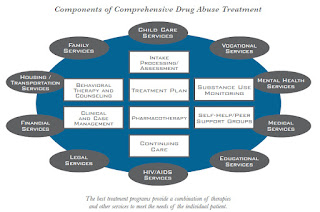Depending on the actual compound drug abuse including alcohol may lead to health problems social problems morbidity injuries unprotected sex violence deaths motor vehicle accidents homicides suicides physical dependence or psychological addiction.
There is a high rate of suicide in alcoholics and other drug abusers the reasons believed to cause the increased risk of suicide include long term abuse of alcohol and other drugs causing physiological distortion of brain chemistry as well as the social isolation another factory is the acute intoxicating effects of the drugs may make suicide more likely to occur suicide is also very common in adolescent alcohol abusers with 1 in 4 suicides in adolescents 30 percent of suicides are related to alcohol abuse alcohol abuse is also associated with increased risks of committing criminal offences including child abuse domestic violence rapes burglaries and assaults.
There is a high rate of suicide in alcoholics and other drug abusers the reasons believed to cause the increased risk of suicide include long term abuse of alcohol and other drugs causing physiological distortion of brain chemistry as well as the social isolation another factory is the acute intoxicating effects of the drugs may make suicide more likely to occur suicide is also very common in adolescent alcohol abusers with 1 in 4 suicides in adolescents 30 percent of suicides are related to alcohol abuse alcohol abuse is also associated with increased risks of committing criminal offences including child abuse domestic violence rapes burglaries and assaults.

























